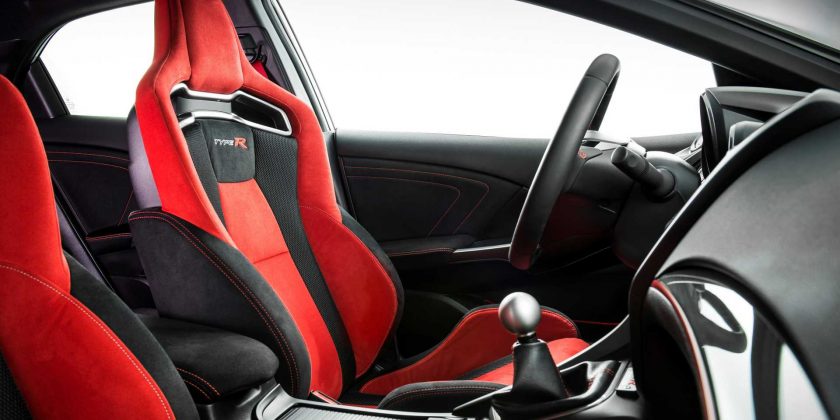Electric vehicles don’t need a gearbox, so there’s no need to change gears, and this news has been met with negative reactions from driving enthusiasts. They bemoan the disappearance of cars with a manual gearbox, which prompted Toyota to announce that its future sporty EVs would allow the driver to change between simulated gears for added engagement.
However, this point of view that putting simulated gears in an EV will make it more involving is not shared at Toyota’s rival Honda. Car and Driver quotes Honda’s head of electrification, Shinji Aoyama, who responded to a question about simulated gears in EVs by saying that “artificially, we can do it. Mechanically, it is not easy.”
And because it would be difficult to implement mechanically, Aoyama only sees it implemented as completely simulated gears, as “like an extension of active sound control.” This is at odds with Toyota’s view of the matter, as the manufacturer has patented its own system that has a clutch, gear lever and actual ratios that the driver is able to go up through.
Mind you, the Toyota solution does, of course, feature a transmission position that allows the vehicle to function like one with an automatic gearbox, or one with no gears at all. If we look back at the 2017 GR HV concept (a hybrid reinterpretation of the GT86 sports car with an automatic gearbox), that study didn’t have a clutch pedal, but it did have a traditional H-pattern shifter that could be enabled at the press of a button.
It was a very unusual solution that did get people talking at the time, and it also showed Toyota was experimenting with making electrified cars more entertaining for keen drivers. This was at a time when company CEO was making waves that he was bringing excitement back to the brand by making all its models sportier and also investing in actual new sports cars (this led to the creation of the BMW-built Supra and the GT86 and GR86 models).
Honda will try to make its EVs fun in other ways, without resorting to tricking the driver to get a certain reaction. This is arguably the better approach, as it would allow the manufacturer to focus on making cars fun in a more simple, traditional way, ultimately delivering more honest cars. Both approaches will surely have their fans, though, and will be really interesting to follow what manufacturers come up with to attract driving enthusiasts to their products over the next few years.
- Share on Facebook
- Share on Twitter
- Share on LinkedIn
- Share on Flipboard
- Share on Reddit
- Share on WhatsApp
- Send to email
Source: Read Full Article

